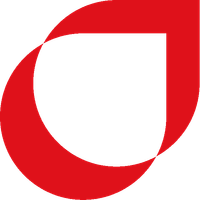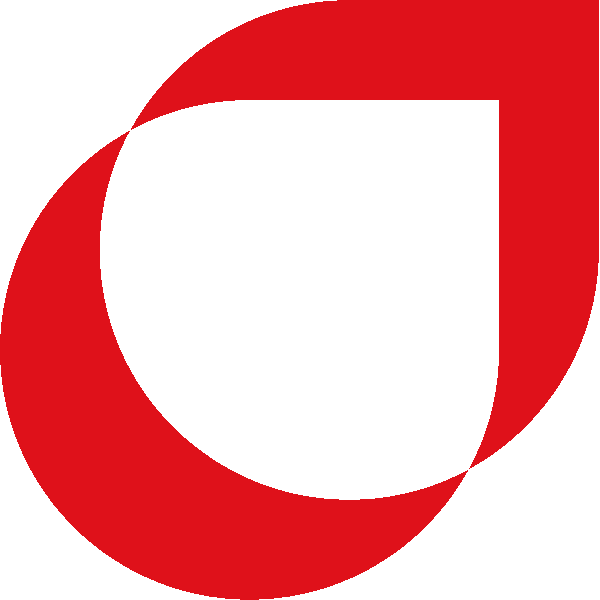
Turkiye Petrol Rafinerileri AS
IST:TUPRS.E


| US |

|
Johnson & Johnson
NYSE:JNJ
|
Pharmaceuticals
|
| US |

|
Berkshire Hathaway Inc
NYSE:BRK.A
|
Financial Services
|
| US |

|
Bank of America Corp
NYSE:BAC
|
Banking
|
| US |

|
Mastercard Inc
NYSE:MA
|
Technology
|
| US |

|
UnitedHealth Group Inc
NYSE:UNH
|
Health Care
|
| US |

|
Exxon Mobil Corp
NYSE:XOM
|
Energy
|
| US |

|
Pfizer Inc
NYSE:PFE
|
Pharmaceuticals
|
| US |

|
Palantir Technologies Inc
NYSE:PLTR
|
Technology
|
| US |

|
Nike Inc
NYSE:NKE
|
Textiles, Apparel & Luxury Goods
|
| US |

|
Visa Inc
NYSE:V
|
Technology
|
| CN |

|
Alibaba Group Holding Ltd
NYSE:BABA
|
Retail
|
| US |

|
JPMorgan Chase & Co
NYSE:JPM
|
Banking
|
| US |

|
Coca-Cola Co
NYSE:KO
|
Beverages
|
| US |

|
Walmart Inc
NYSE:WMT
|
Retail
|
| US |

|
Verizon Communications Inc
NYSE:VZ
|
Telecommunication
|
| US |

|
Chevron Corp
NYSE:CVX
|
Energy
|
Utilize notes to systematically review your investment decisions. By reflecting on past outcomes, you can discern effective strategies and identify those that underperformed. This continuous feedback loop enables you to adapt and refine your approach, optimizing for future success.
Each note serves as a learning point, offering insights into your decision-making processes. Over time, you'll accumulate a personalized database of knowledge, enhancing your ability to make informed decisions quickly and effectively.
With a comprehensive record of your investment history at your fingertips, you can compare current opportunities against past experiences. This not only bolsters your confidence but also ensures that each decision is grounded in a well-documented rationale.
Do you really want to delete this note?
This action cannot be undone.

| 52 Week Range |
117.6
206.5
|
| Price Target |
|
We'll email you a reminder when the closing price reaches TRY.
Choose the stock you wish to monitor with a price alert.

|
Johnson & Johnson
NYSE:JNJ
|
US |

|
Berkshire Hathaway Inc
NYSE:BRK.A
|
US |

|
Bank of America Corp
NYSE:BAC
|
US |

|
Mastercard Inc
NYSE:MA
|
US |

|
UnitedHealth Group Inc
NYSE:UNH
|
US |

|
Exxon Mobil Corp
NYSE:XOM
|
US |

|
Pfizer Inc
NYSE:PFE
|
US |

|
Palantir Technologies Inc
NYSE:PLTR
|
US |

|
Nike Inc
NYSE:NKE
|
US |

|
Visa Inc
NYSE:V
|
US |

|
Alibaba Group Holding Ltd
NYSE:BABA
|
CN |

|
JPMorgan Chase & Co
NYSE:JPM
|
US |

|
Coca-Cola Co
NYSE:KO
|
US |

|
Walmart Inc
NYSE:WMT
|
US |

|
Verizon Communications Inc
NYSE:VZ
|
US |

|
Chevron Corp
NYSE:CVX
|
US |
This alert will be permanently deleted.
Turkiye Petrol Rafinerileri AS
Turkey's industrial landscape is dominated by key players, and among them stands Turkiye Petrol Rafinerileri AS, commonly known as Tupras. This powerhouse refines crude oil into a range of petroleum products, providing essential resources that fuel Turkey's transportation, industry, and daily life. With its operations finely tuned to optimize efficiency, Tupras harnesses advanced refining processes across its network, turning raw crude imported from global suppliers into refined products like gasoline, diesel, and jet fuel. Its sophisticated refinery units strategically positioned across the country not only bolster Turkey's energy independence but also serve as vital links in the broader logistical chain of the region's energy market.
Financially, Tupras thrives on the intricate balance of supply and demand dynamics in the commodity markets. By operating in a capital-intensive industry, the company strategically invests in technology to trim operational costs and enhance product yield. Revenue generation hinges on its ability to swiftly adjust to market fluctuations, manage its supply chain adeptly, and maintain robust relationships with oil producers and distributors. By exporting surplus products, Tupras extends its influence beyond Turkey's borders, tapping into lucrative international markets. This blend of technological acumen and strategic foresight enables the company to navigate the volatile terrains of the oil industry, solidifying its role as a pivotal driver of Turkey's economy.

Turkey's industrial landscape is dominated by key players, and among them stands Turkiye Petrol Rafinerileri AS, commonly known as Tupras. This powerhouse refines crude oil into a range of petroleum products, providing essential resources that fuel Turkey's transportation, industry, and daily life. With its operations finely tuned to optimize efficiency, Tupras harnesses advanced refining processes across its network, turning raw crude imported from global suppliers into refined products like gasoline, diesel, and jet fuel. Its sophisticated refinery units strategically positioned across the country not only bolster Turkey's energy independence but also serve as vital links in the broader logistical chain of the region's energy market.
Financially, Tupras thrives on the intricate balance of supply and demand dynamics in the commodity markets. By operating in a capital-intensive industry, the company strategically invests in technology to trim operational costs and enhance product yield. Revenue generation hinges on its ability to swiftly adjust to market fluctuations, manage its supply chain adeptly, and maintain robust relationships with oil producers and distributors. By exporting surplus products, Tupras extends its influence beyond Turkey's borders, tapping into lucrative international markets. This blend of technological acumen and strategic foresight enables the company to navigate the volatile terrains of the oil industry, solidifying its role as a pivotal driver of Turkey's economy.
Revenue: Tüpraş reported Q2 revenue of TRY 183 billion (about USD 4.6 billion).
Profitability: Net income for Q2 was TRY 8.9 billion, with gross profit at TRY 18 billion and EBITDA at TRY 15 billion.
Cash Position: The company maintained a strong cash position of USD 2.3 billion at quarter-end, aided by operational performance and a USD 500 million sustainability-linked loan.
Operational Strength: Q2 production reached 7 million tons, with capacity utilization at 98% and over 100% so far in Q3.
Guidance Unchanged: Management kept 2025 guidance unchanged for net refining margin ($5–6 per barrel), production (~26 million tons), sales (~30 million tons), capacity utilization (90–95%), and CapEx ($600 million).
Diesel Sales: Domestic diesel sales were down 9% YoY due to weaker demand from key export-linked industries and regional differences within Turkey.
Geopolitical Impact: The quarter was shaped by sanctions, Red Sea disruptions, and tensions in the Middle East, affecting margins and operations.
Moody's Upgrade: Moody's upgraded Tüpraş's rating following Turkey's sovereign upgrade.































